
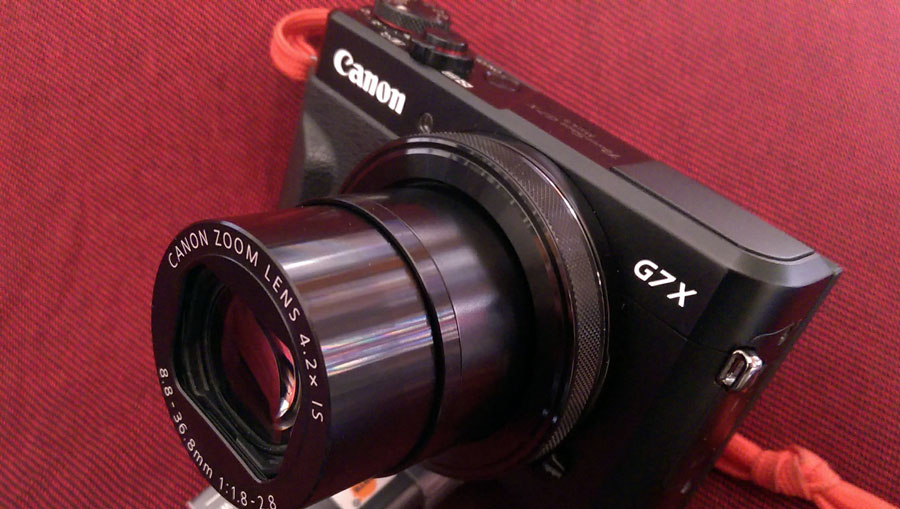
I’ve only just got my greasy mitts on this camera; barely even taken any photos yet. But here are some initial thoughts.
My main camera is an EOS 7D but, like so many others, I was finding I was leaving my DSLR kit at home most of the time and ending up grabbing snaps on my phone --with all the frustrating lack of control that implies. So, I decided to sell the 7D [it’s on eBay at the mo'] and get myself a decent quality [and pocketable] compact instead, which would hopefully [to use the language of the bushcraft world] become my EDC*
*[EDC = 'every day carry']
So, my wishlist was:
-
Pocketable
-
Solid construction [because of previous]
-
Large[ish] sensor
-
RAW capture
-
Decent lens [useful zoom range + fast]
-
Swivel / Tilt screen
-
Viewfinder
-
GPS
As ever, it seemed the ideal product was tantalisingly out of reach and every camera I looked at would mean crossing at least one feature off my wishlist. So it came down to trying to weigh up the pros & cons for each. After spending far too long trawling this and other sites for in-depth reviews, I narrowed my choice down to the following:
-
Sony RX100 Mk3
-
Panasonic Lumix LF-1
-
Panasonic Lumix TZ100
-
Canon G7X Mk2
In the end, I opted for the Canon for a few reasons:
Brand familiarity
I’m not a 'fanboi' for any particular brand. [Remember, folks --they don’t love you back!] but I do seem to end up buying Canon gear more than any other. So opting for Canon I had a fair idea how the software would be set up and the overall build quality. Although, on a lot of counts Panasonic do seem to deliver more 'bang for buck', I once had a bad experience with a Panasonic shaver I bought and [illogical though it is] it’s kind of put me off the brand, ever since. Sony, I view a bit like Apple; good quality products, but not averse to slapping an unnecessary extra quid or two onto the purchase price.
Lens
The G7X’s 24-100 equivalent lens [and ƒ1,8] seemed like a nice combo of versatile range and fast aperture. The RX100 seems a bit unnecessarily limited and, although both Lumixes [or should that be 'Lumices'?] have a longer reach, they’re a bit slower as a consequence. I decided I’m more likely to be shooting in low/natural light than doing telephoto work.
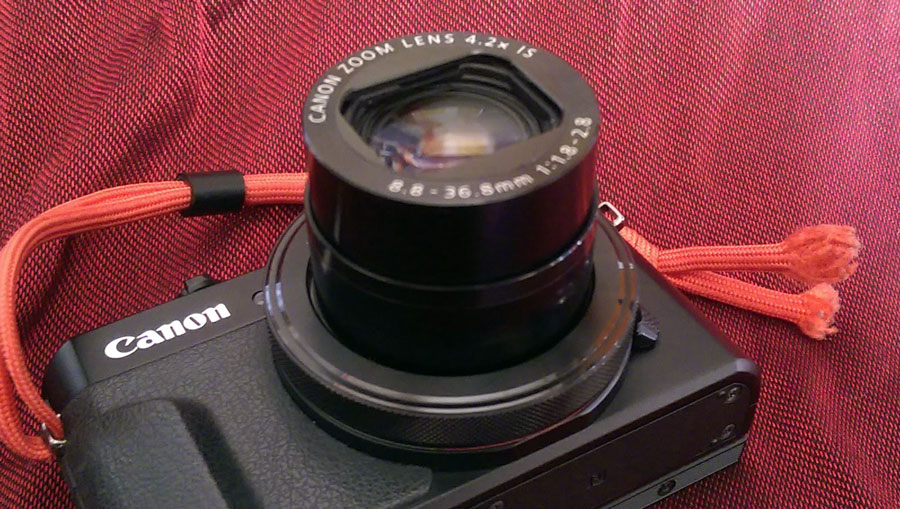
Screen / Viewfinder
This was probably the decision that had me see-sawing back and forward the most. I came so close to buying the TZ100 on more than one occasion, because of its viewfinder. But then I’d waver and think of the potential that the Canon’s tilt/swivel screen offered for shooting from all kinds of awkward angles. In the end, as I live in England, I went for the versatility of a tilting screen over the usefulness of a viewfinder in bright sunlight [not a problem we run into that often, in this part of the world!]
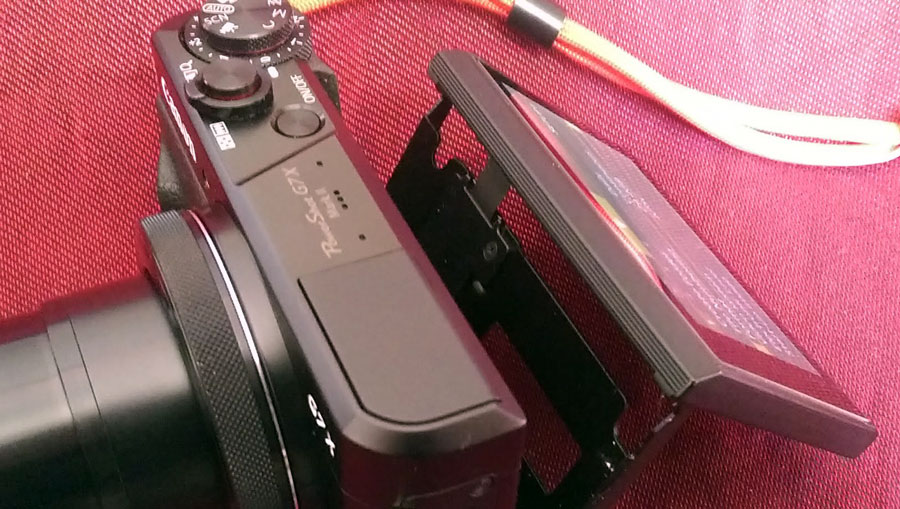
Sensor
All the cameras on my shortlist have a 1" type sensor, with the exception of the Lumix LF-1. This didn’t over bother me, as I’m not a pixel peeper. Most of my photography ends up remaining digital, so it wasn’t really an issue. However, combined with the LF-1’s lack of tilting screen and the fact it’s no longer a current model and I’d be having to gamble on a 2nd hand one from eBay did swing me against the LF-1 [although it was an early favourite, on price grounds, if nothing else]
Eventually I came to the conclusion I’d have to make up my mind one way or the other, before the heat death of the universe. So, I decided it would be the G7X MkII.
As I said at the outset, before all the preceding waffle, I’ve barely taken more than about a dozen photos with the camera, as I’ve just been reading through the manual and familiarising myself with the controls. It’s been enough to flag up a few niggles though:
Lack of customisability of the rear control wheel
On my 7D, the rear control wheel nearly always acts in tandem with the aperture ring [read 'front control ring' in G7X terms] such that it’s nearly always possible to change aperture and shutter speed without looking at the camera.
On the G7X, the rear control wheel seems almost redundant. It works [as expected] to control shutter speed in manual mode, while the front control ring adjusts aperture. But in every other mode, it seems to do nothing. I would have expected at the very least that in programme mode, it could be used to 'shift' exposure by nudging shutter speed up or down to force the camera to select a new aperture, but it doesn’t [unless I’ve missed a trick]
Add to this annoyance, the fact that there is actually a dedicated button on the mode dial for what Canon [with Japanese stoicism] calls 'Hybrid Auto' but which, if found on an Android or Apple smartphone would be called something twee like "Special Memories" --a completely gimmicky mode whereby the camera shoots tiny bursts of video around your still shots and then assembles them into a movie 'memento of your day' [Pass the sick bag!]
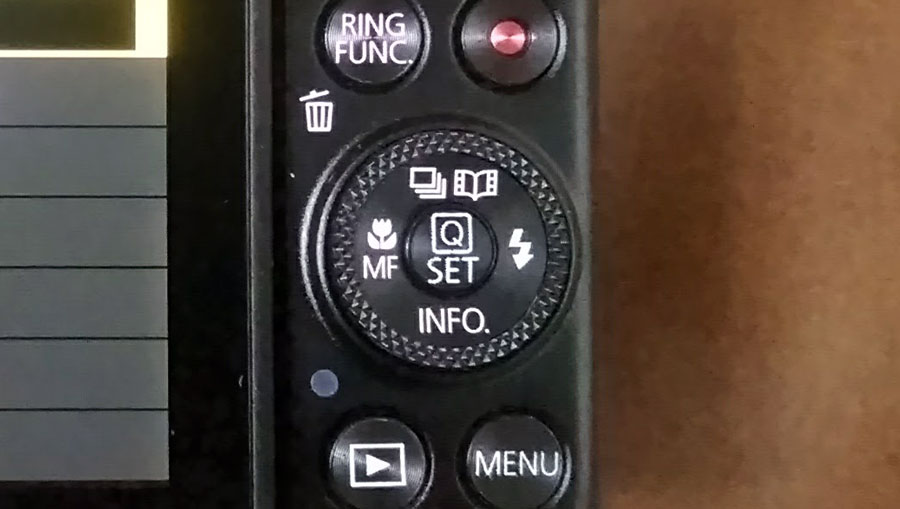
Again, unless I’m missing a trick, it seems daft that [especially on a compact aimed at serious photographers], such a pointless function gets its own dedicated button, whereas something as basic as being able to nudge aperture or shutter speed in programme modes is neglected.
WiFi connectivity
One of the other things I would have liked but which none of the cameras on my wishlist provided was GPS. I really like the ability to open up a photo on my phone [or in Lightroom] and see on a map exactly where I took it. Along with several of my other shortlisted cameras though, the G7X did offer the promise of syncing GPS data logged on a smartphone with the photos on the camera. So this seemed an OK compromise.
Unfortunately though, I’m finding connecting the G7X to my phone to be pretty flakey. When connected the Canon Connect software on my phone seems to work well to control the camera and retrieve images [haven’t tried the GPS functions yet]. But, unfortunately the software is annoyingly slow to connect. Every time I try to pair the two, it seems to take several minutes before the software recognises the camera and connects.
This has put a bit of a dampener on my notion that, heading out with the camera, I’d just quickly flip open my phone, let the two connect and then be off and away, GPS logging being taken care of and the ability to control the camera from my phone at my disposal. Seems it’s going to be more of a 5-10 minute palaver each time.
Oh. And I’ve not been able to get the camera to connect to my laptop at all.
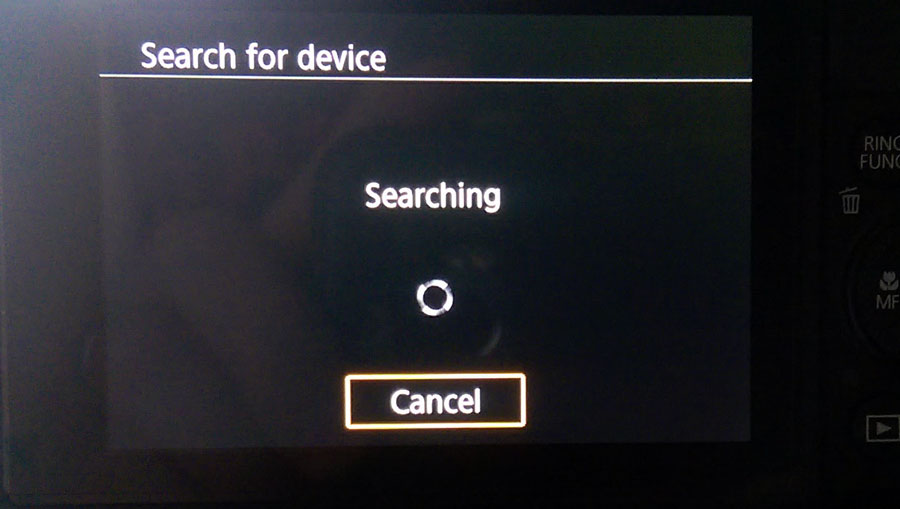
I’m also a bit alarmed to see that Canon’s own blurb for their Camera Connect app warns that the GPS logging feature will rapidly drain your battery. I dread to think how bad it must be, for them to describe it in such negative terms themselves.
Flash vs. Viewfinder
This one always puzzles me. All the reviews on this type of camera bemoan the lack of a viewfinder, but put it down to having to sacrifice features to keep the size down and maintain pocketability. Yet all these cameras include a Mickey Mouse pop-up flash. Why?
I can see why you’d put a flash on a point’n’shoot camera aimed at the masses. But does anyone who’s a 'serious' amateur photographer ever use the built-in flash on their camera? I know I never do. Call me old-fashioned if you like, but the "rabbit caught in a truck headlights" look has never really appealed to my photographic sensibilities.
So why waste precious space on a serious specc’d pocketable camera by sticking a silly wee pop-up flash in there, when you could have used that room to include a viewfinder? Anyone who’s a semi-competent photographer will either shoot in natural light, or set up studio lighting.
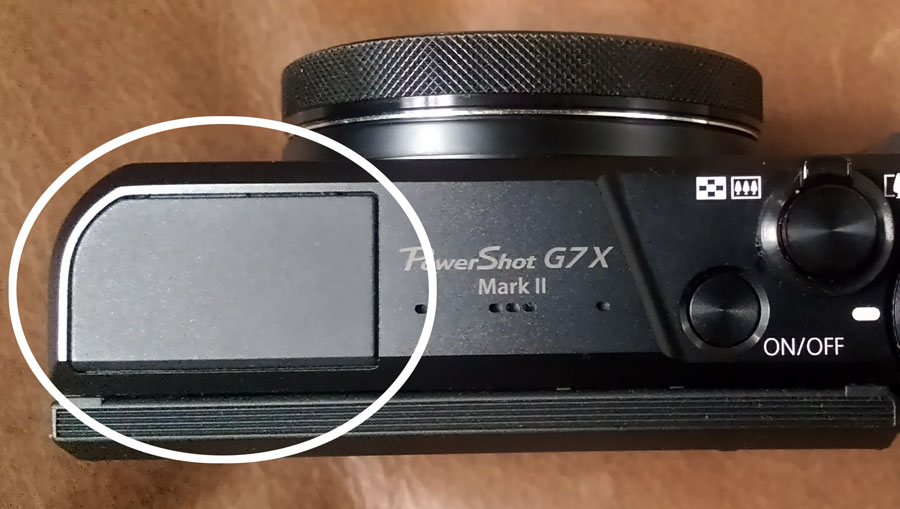
One more area of concern is the lens guard [or however its called]. Although made of metal, it seems very flimsy and, just touching it with your finger is enough to have the 'leaves' start to move apart. For something I’d be wanting to carry in my pocket a lot of the time, I’d be worried about how much protection it’s actually giving the lens. [I did have a problem with my old Canon G10, where a piece of grit got through the lens guard and [due to the lack of space between lens guard and glass, actually scraped the lens by being dragged across it by the lens guard opening].
Of course, this isn’t particularly a criticism of Canon. All compact camera manufacturers seem to have adopted this form of lens cover. I suppose their argument would be that a traditional removable lens cap is easily lost. But what would be wrong with providing a traditional removable lens cap with some kind of tether to the lens or camera body?
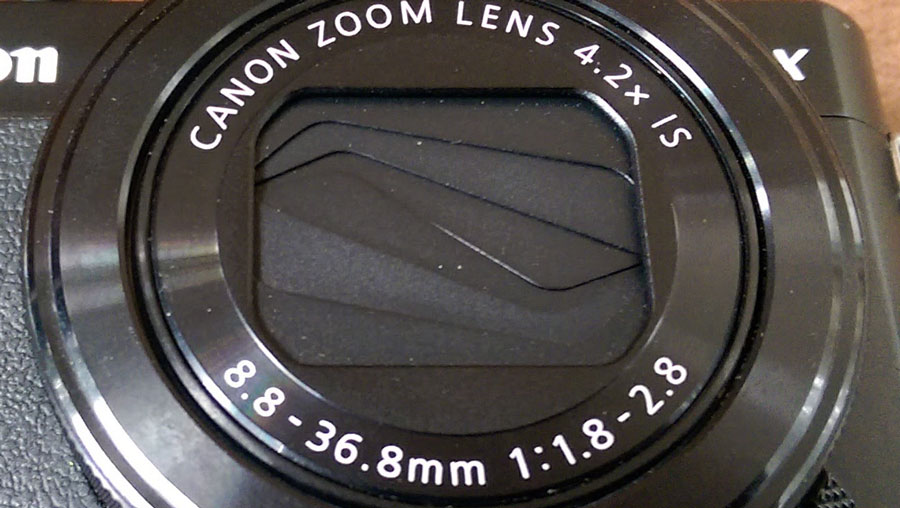
Well, I think I’ve waffled on enough here --if not more than enough. But, having only had the camera a couple of days, I am feeling the odd twinge of buyer’s remorse and having thoughts of returning it. So, getting my thoughts down on [virtual] paper is at least useful to me --if no-one else.
If the camera was £200 — £250 I’d probably be perfectly satisfied with it. But, at between £400 - £500, I’m feeling a bit more entitled to demand perfection and I’m wondering whether these tiny niggles will go away, or just become more annoying, as I spend more time with the camera. I’m also looking more and more at that stupid pop-up flash and thinking "For this kind of money, I want a viewfinder in there".
Decisions! Decisions!
|
Note
|
This review is lifted from a fairly long forum discussion I started on the DPReview website. As it transpired, I eventually ended up returning the G7X MkII because of the abovementioned niggles… then buying it again for a second time, when I couldn’t find anything better… then selling that one and buying a Panasonic Lumix LX15. If you want to see the broader discussion, you can visit that forum thread. I’ve only lifted my initial post for this review. |
